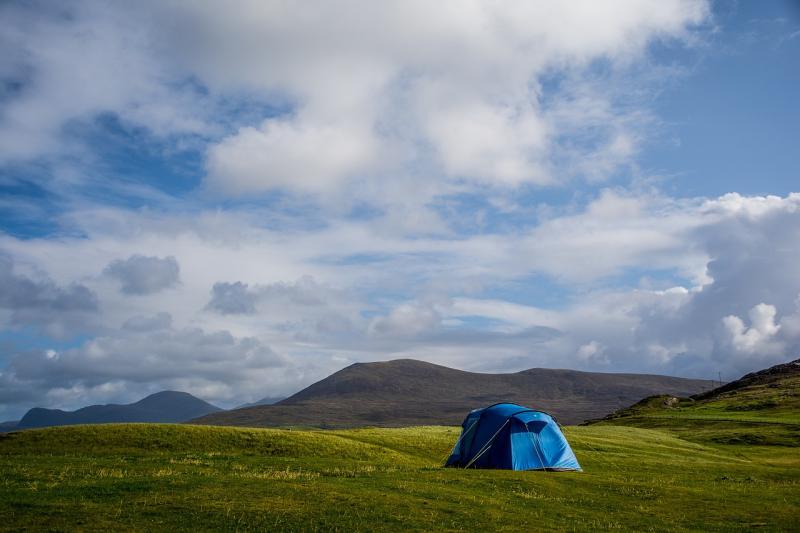When you're out in nature, it's easy to get caught up in the beauty around you. But staying aware of your surroundings is key to ensuring your safety. Whether you're hiking, camping, or just enjoying a day at the park, being present can help you avoid potential hazards.
Start by familiarizing yourself with the area. Take a moment to look at maps, trail markers, and any signs that provide info about the terrain. Knowing where you are and what’s around you can make a big difference. Mobile apps or GPS devices can be handy, but don't solely rely on them—sometimes there’s no signal!
Pay attention to wildlife, too. While it’s amazing to see animals in their natural habitat, remember that some may be protective or even dangerous. Respect their space and avoid feeding them. Being aware of your surroundings means keeping an eye on what’s happening around you, so you can react swiftly if needed.
Lastly, stay with a buddy whenever possible. Not only is it more fun to explore with friends, but having someone with you can enhance your safety. If one of you gets into a tricky spot, the other can help out. Plus, it's always good to have someone to share those breathtaking views with!
Pack Essential Safety Gear
When you're out in nature, having the right safety gear can make all the difference. You want to enjoy your adventure without worrying about what could go wrong. Packing essential safety gear gives you peace of mind and keeps you prepared for anything Mother Nature throws your way.
Here’s a quick list of must-have items to include:
Each of these items serves a specific purpose in keeping you safe while you explore. They don't take up much space in your pack, but their importance is huge. Make safety a priority by ensuring you have these essentials on hand for your next adventure!
Choose the Right Trail for You
Choosing the right trail is all about matching your comfort level and skills with the terrain. If you’re just starting out or have little ones with you, look for easy, well-marked paths. These trails are often flat, with no major obstacles, making for a safe and enjoyable adventure.
For those a bit more seasoned, moderate trails can offer a nice challenge without going overboard. These paths might have some inclines or rocky sections, so be prepared with good footwear. Always check trail conditions and weather ahead of time to ensure your safety!
If you’re up for an adventure and have experience, advanced trails can be incredibly rewarding. Just keep in mind that these routes can be tougher and may require special gear. It's wise to go with a buddy, make sure you have a map, and know your limits—your safety is the top priority.
Lastly, don’t forget about the specifics of the trail! Look for factors like length, elevation gain, and surroundings. Some trails can lead you into remote areas, where cell service might be spotty. Always carry essentials like water, snacks, and a first-aid kit to enhance your safety while exploring.
Know What to Do in Emergencies
1. Stay Calm
In any emergency, the first step is to take a deep breath and stay calm. Panic can cloud your judgment, so try to assess the situation clearly. Whether it’s a sudden injury, getting lost, or encountering wildlife, staying composed helps you think better about your next steps.
2. Know Basic First Aid
Having a basic understanding of first aid can be a game-changer. You don’t need to be a medical expert, but knowing how to treat cuts, burns, or sprains can really help. A small first-aid kit is a great investment for outdoor adventures—make sure it has essentials like band-aids, antiseptic wipes, and gauze.
3. Have a Communication Plan
Before heading out, make a plan for communication. Share your itinerary with someone who isn't joining the adventure and keep them updated on your progress. If you have a cell phone, make sure it’s charged. In areas with no signal, consider carrying a whistle or a signal mirror to attract attention if needed.
4. Familiarize Yourself with Your Surroundings
Knowing your environment can greatly improve your safety. Before you set off, check local maps and guides, pay attention to trail signs, and take note of landmarks. If you're unfamiliar with the area, having a GPS device or a reliable compass can be a lifesaver if you get lost.
